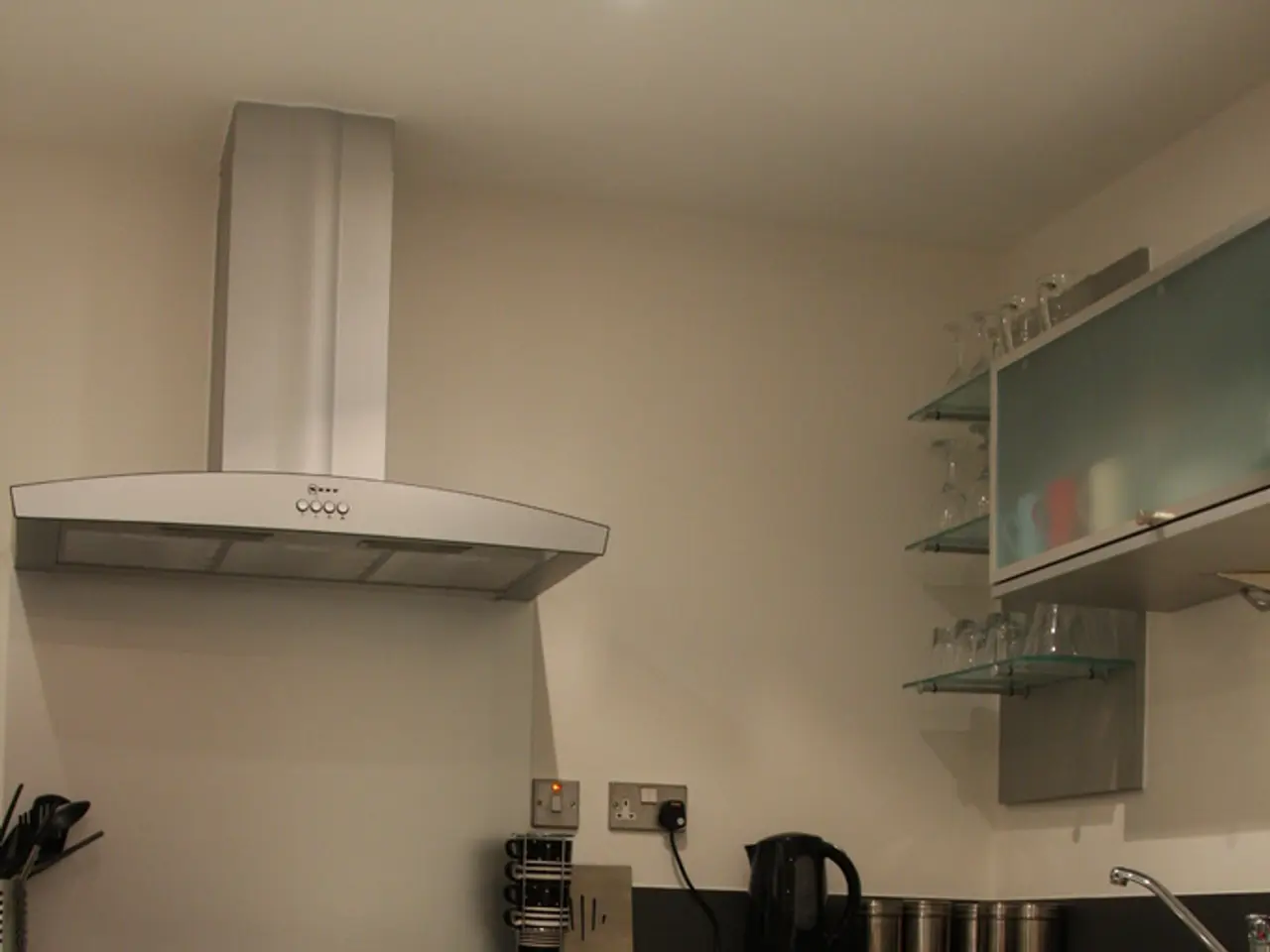Facial Steaming Advantages: Lemon, Saltwater, Green Tea, and Other Methods Unveiled
In the realm of skincare, face steaming has gained popularity as a home remedy for promoting healthier skin. However, it's essential to separate fact from fiction when considering this practice. Here's a breakdown of the scientifically proven benefits, potential risks, and important considerations for face steaming.
Face steaming offers a host of advantages for skin health, particularly for those with acne-prone or oily skin. The warm steam causes pores to open, facilitating the removal of dirt, oil, dead skin cells, and acne-causing bacteria, thereby reducing acne outbreaks and blackheads [1][2][4]. By loosening impurities and increasing skin permeability, steaming allows topical acne medications and skin treatments to penetrate deeper and work more effectively [1].
The moisture from steam also hydrates the skin, making it softer and more supple. This hydration supports the skin's barrier function, helping prevent dryness and maintain elasticity [2][3]. Steaming also increases blood flow and nutrient delivery, promoting healthier, radiant skin and aiding toxin removal [2][3].
Indirectly, steaming can benefit skin health by promoting relaxation and lowering stress. Reduced stress decreases cortisol levels, which otherwise can exacerbate acne and oily skin [2].
However, it's crucial to exercise caution when face steaming. After steaming, pores remain open and can be more vulnerable to bacterial invasion, so it's important to follow up with clean skincare routines and possibly pore-minimizing products to avoid pore enlargement and infection [4]. Oversteaming or using water that is too hot can cause skin irritation or burns, so steam sessions typically last 5-7 minutes and should be done carefully [4].
It's also worth noting that there is no scientific evidence to back the claim that face steaming boosts collagen and elastin production. Furthermore, people with skin conditions such as rosacea, eczema, and psoriasis should avoid steaming their faces, as hot temperatures can increase inflammation and redness.
People can steam their face using tools they have in their kitchen or bathroom, such as boiling water, but they must take care not to scald their faces. Commercial facial steamers, while available, do not have scientific data to prove their benefits.
Researchers have not extensively studied the benefits of face steaming, and most of the available information comes from anecdotal evidence. Misuse of facial cleansing methods and devices can injure the skin and lead to infection, according to the American Academy of Dermatology (AAD). Dermatologists recommend being gentle with facial skin.
In summary, face steaming offers deep cleansing, enhanced hydration, improved product absorption, better circulation, and relaxation benefits that collectively promote healthier skin. However, it's essential to approach this practice with caution, ensuring that you follow a clean skincare routine and avoid oversteaming or using water that is too hot.
- Steaming with MS (boiling water) in the realm of home-and-garden skincare can offer benefits for acne-prone or oily skin by removing dirt, oil, and acne-causing bacteria.
- The warm steam from MS increases blood flow and nutrient delivery, promoting healthier, radiant skin and aiding toxin removal.
- Hydration from steam makes the skin softer and more supple, supporting the skin's barrier function and helping maintain elasticity.
- While there are benefits to face steaming, it's important to exercise caution as pores remain open and can be more vulnerable to bacterial invasion after steaming, potentially leading to infection.
- The AAD warns that misuse of facial cleansing methods, including face steaming, can injure the skin and lead to infection.
- PSA (people) should be mindful when steaming their face, as hot temperatures can exacerbate skin conditions such as rosacea, eczema, and psoriasis, and oversteaming may cause skin irritation or burns.
- Though research on the benefits of face steaming is limited, and many claims lack scientific evidence like that for increased collagen and elastin production, the practice can still offer significant advantages for skincare and lifestyle when done safely and mindfully, adhering to health-and-wellness guidelines for skin care.




